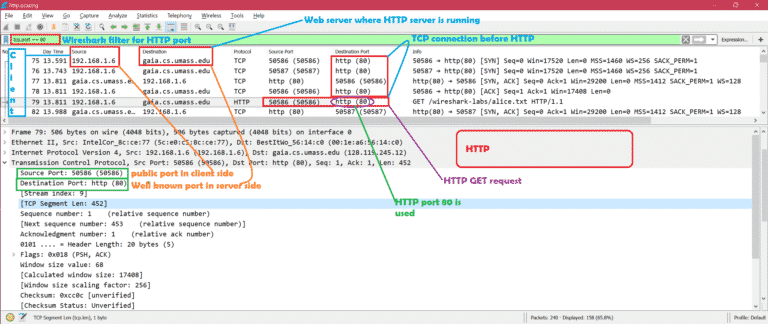

The byte offset, relative to the indicated protocol layer, is given by expr. Remaining six bits of the length field limit the label to 63 octets or High order two bits of every length octet must be zero, and the The root, a domain name is terminated by a length byte of zero. Since every domain name ends with the null label of RFC 1035 - DOMAIN NAMES - IMPLEMENTATION AND SPECIFICATIONĭomain names in messages are expressed in terms of a sequence of labels.Įach label is represented as a one octet length field followed by that = Answer authenticated: Answer/authority portion was not = Recursion available: Server can do recursive queries


= Recursion desired: Do query recursively = Authoritative: Server is not an authority for domain Look for response with no errors Flags: 0x8180 Standard query response, No errorġ. (udp & 0x0f = 0) 8 bytes (0-7) of UDP header + 4th byte in to UDP data = DNS flags low byte (udp & 0x80 != 0) 8 bytes (0-7) of UDP header + 3rd byte in to UDP data = DNS flags high byte (udp port 53) - DNS typically responds from port 53 With a little math, you can do the same thing for UDP. There is a Wireshark tool for making TCP capture filters: String-Matching Capture Filter Generator


 0 kommentar(er)
0 kommentar(er)
